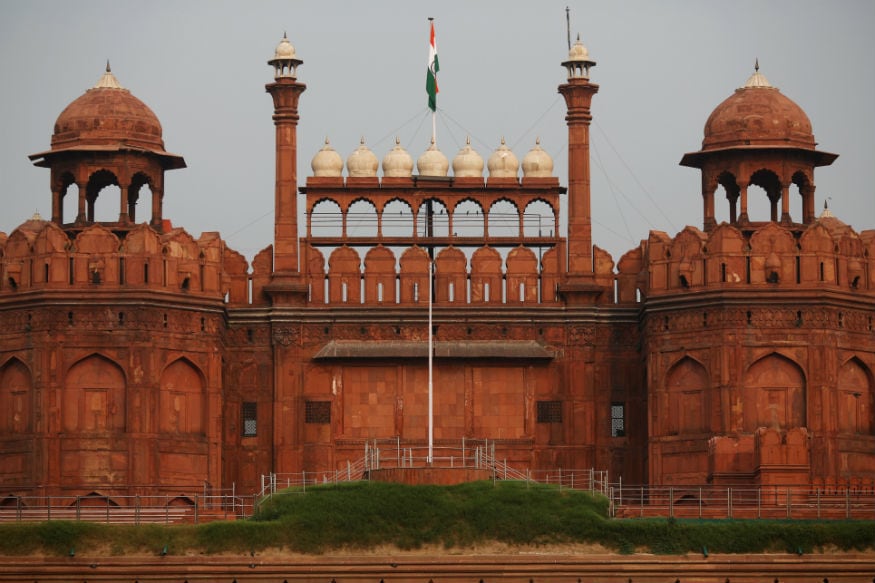Iconic Mughal Harem at Red Fort's Mumtaz Mahal Restored, Now Open for Tourists
Mumtaz Mahal was constructed from 1639-48 AD and is one of the six palaces that were situated facing the Yamuna River. All the six palaces were connected by the Stream of Paradise, a waterway that ran through them.

File photo of the Red Fort. (Reuters)
In an effort to restore the historic and iconic sites throughout India, the Mughal Harem at the Mumtaz Mahal inside Red Fort has been restored. The Mumtaz Mahal, which housed Archaeological Survey of India’s (ASI) oldest museums, has been conserved and opened to the public from September 8. First opened in 1911 by the British, the museum has been shifted to another building and will open for public viewing before October-end.
“The museum contained antiquities from the late Mughal period such as the ‘farmans’ of Bahadur Shah Zafar, his clothes, astronomical instruments, pottery. They have now been shifted to the L5 building, which was one of the British barracks. This way we have been able to restore the Mumtaz Mahal to its Mughal glory and at the same time provide a space with controlled temperature, necessary for the preservation of the antiquities,” The Hindustan Times quoted an ASI official.
Mumtaz Mahal was constructed from 1639-48 AD. It is one of the six palaces that were situated facing the Yamuna River. Interestingly, all the six palaces were connected by the Stream of Paradise, also known as Nahr-i-Bishisht, a waterway which ran through them. It provided a continuous supply of water through the gardens and the interiors, and also acted as an air-conditioner.
The building of the palace Mumtaz Mahal was constructed with white marble in the lower half of its walls and pillars. The Mumtaz Mahal was part of the Zenana, the part of the house that is reserved just for women.
While it once served as a prison camp, when British occupied the fort, the Mumtaz Mahal now houses an exhibition of the Red Fort Archaeological Museum, consisting largely of exhibits of the Mughal period.
Interestingly, the name of the structure is also said to have undergone alteration over the years. Historian Rana Safvi told Hindustan Times, “Syed Ahmed Khan, writing in the mid-19th century, called this the ‘zenana mahal shahi’, and this would have been the place where the chief queen and earlier Shah Jahan’s daughter Jahanara would have stayed. The name ‘Mumtaz Mahal’ is a later development.”
Get the best of News18 delivered to your inbox - subscribe to News18 Daybreak. Follow News18.com on Twitter, Instagram, Facebook, TikTok and on YouTube, and stay in the know with what's happening in the world around you – in real time.